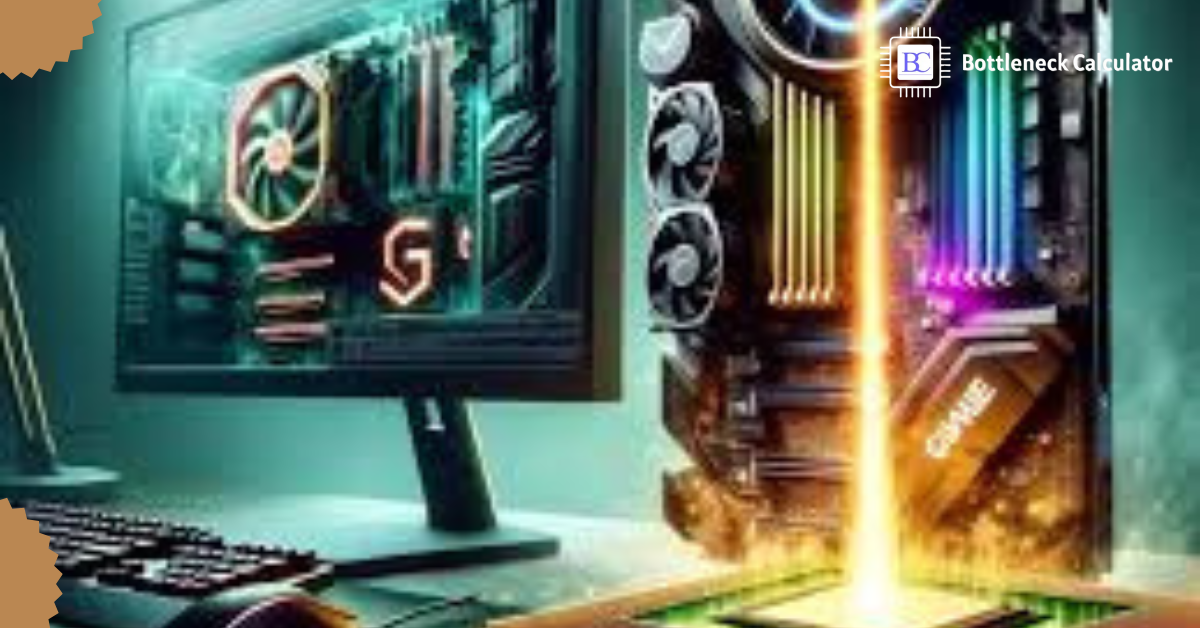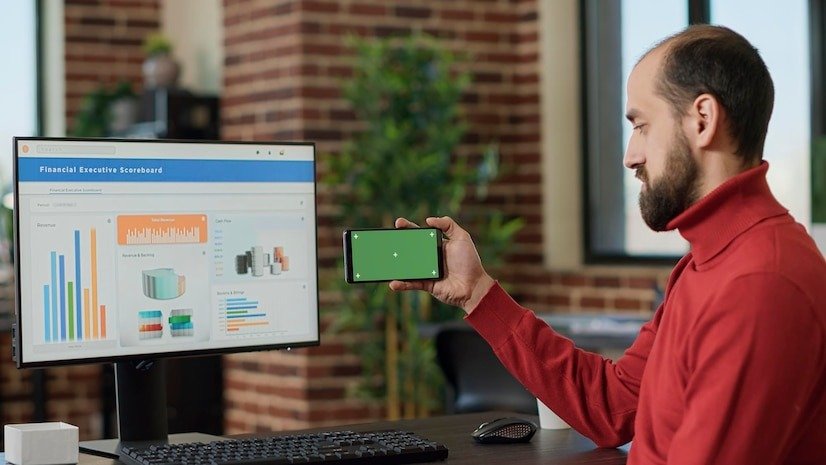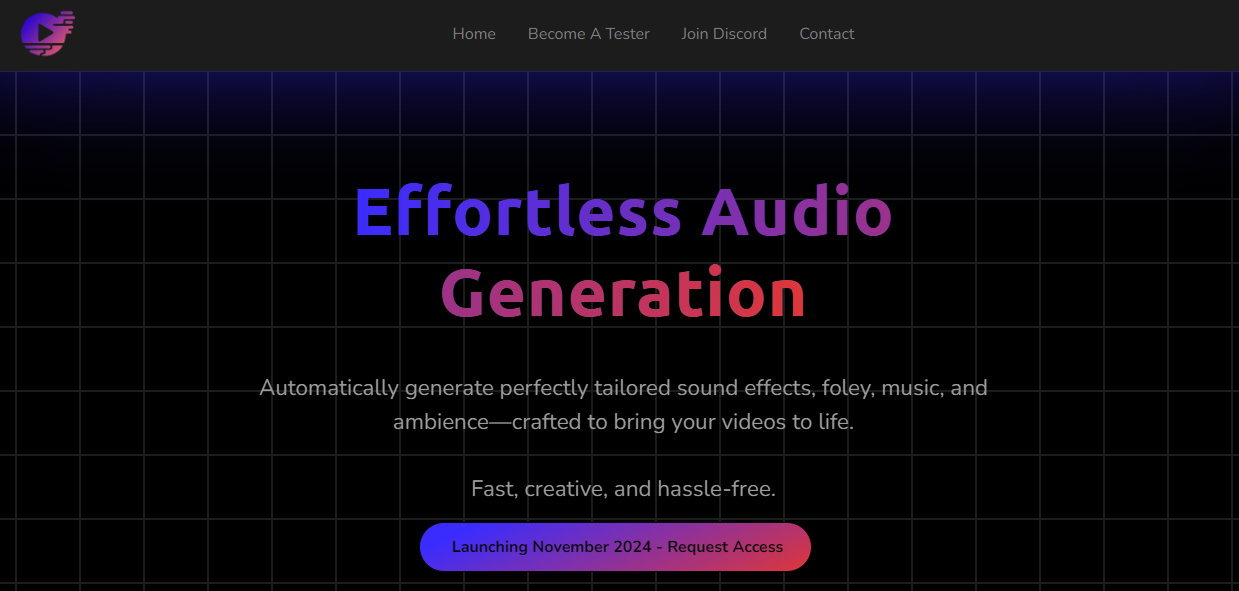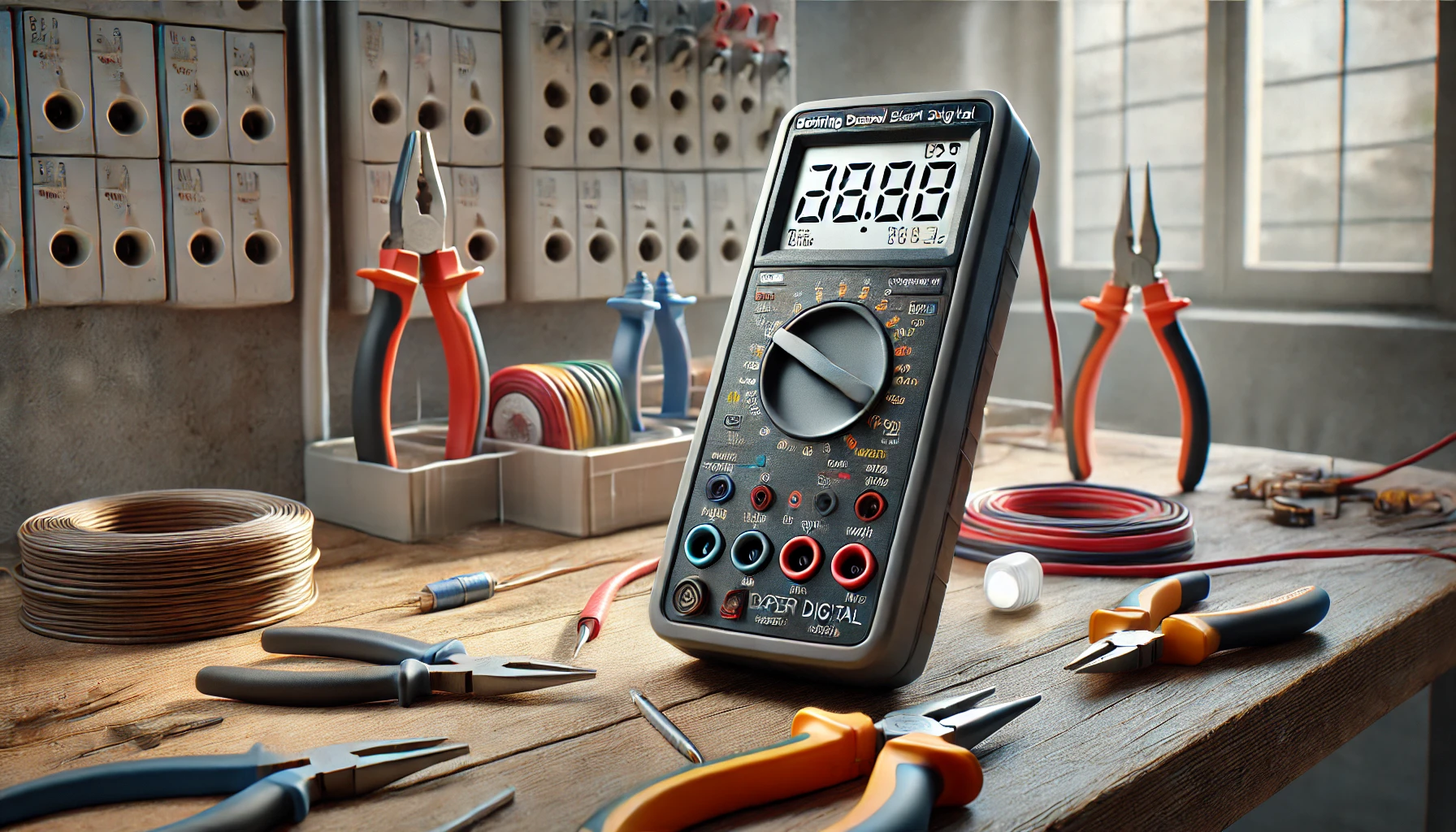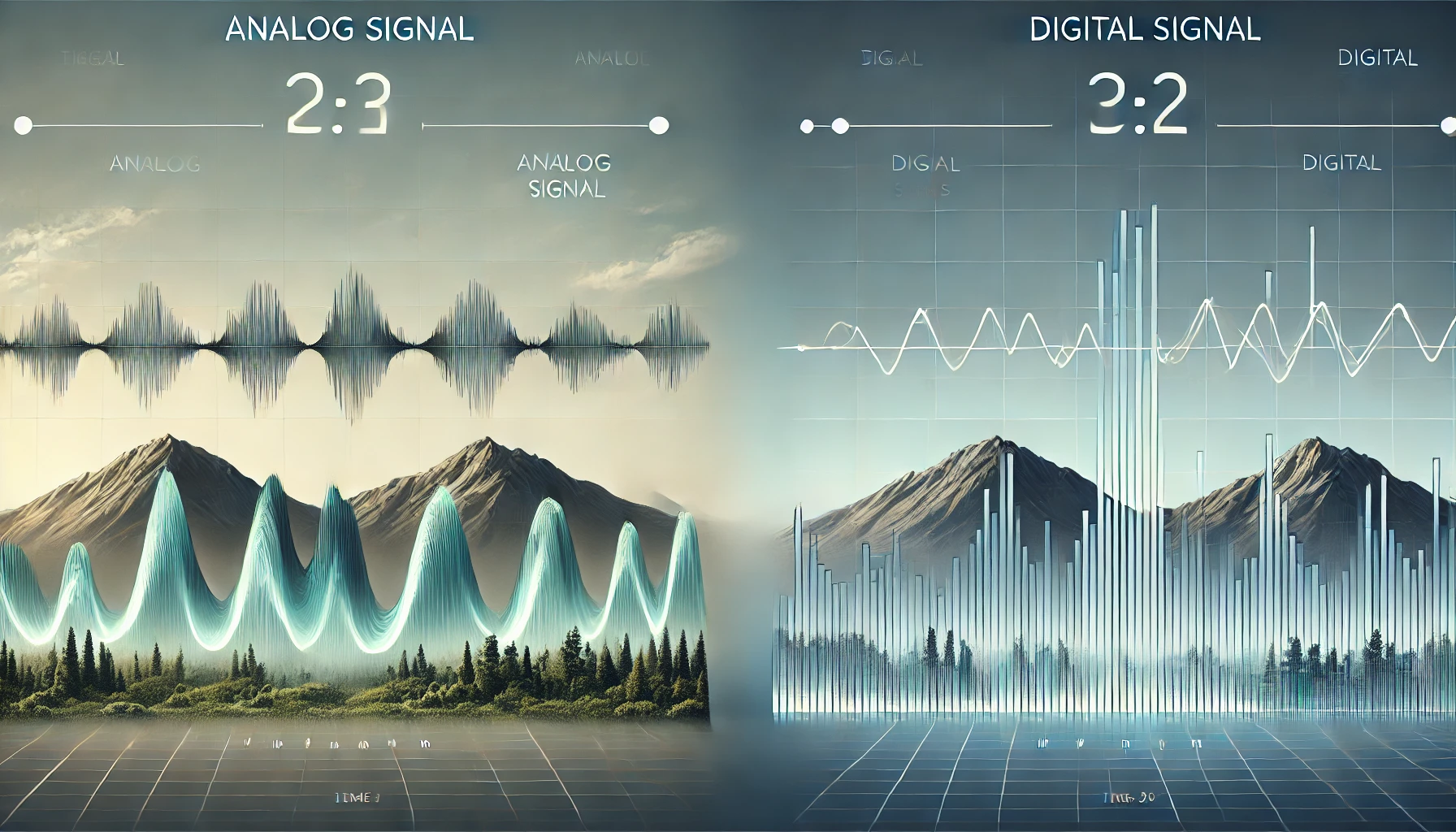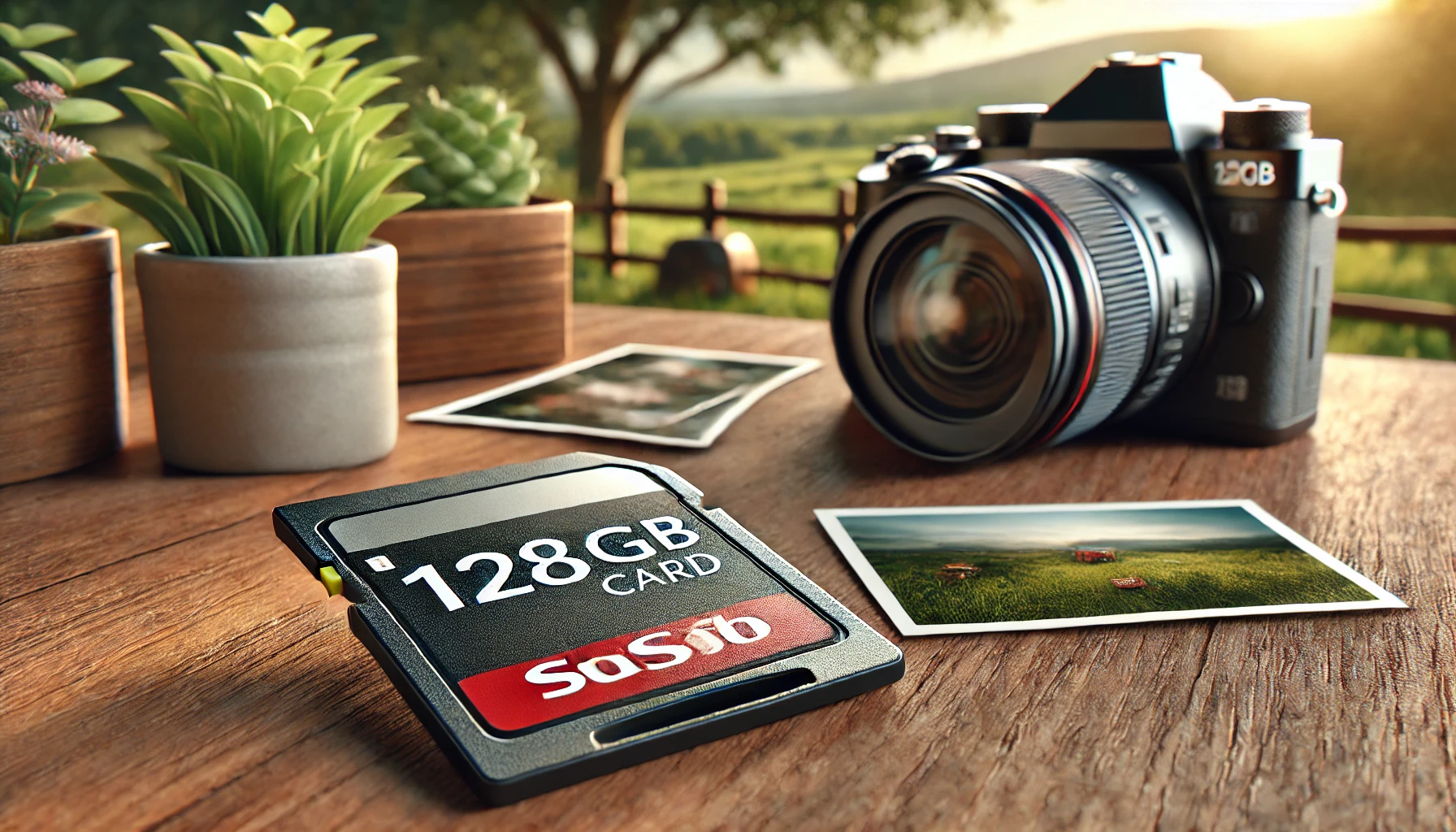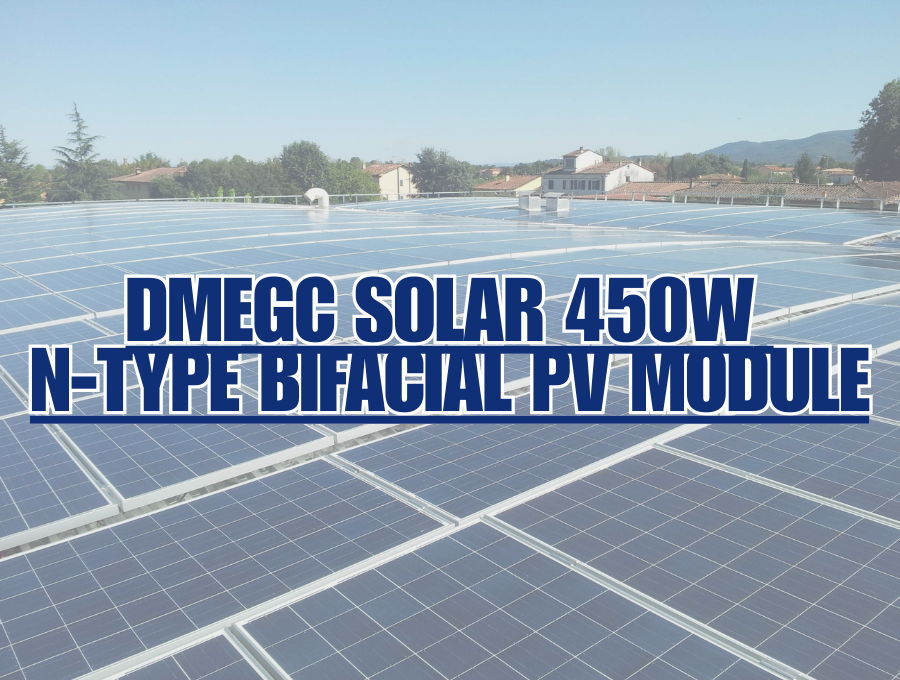Building or upgrading a gaming PC involves making careful choices to ensure that all components work in harmony. However, even with top-tier hardware, performance bottlenecks can occur. A bottleneck is when one part of your system—be it the processor (CPU), graphics card (GPU), or even RAM—hinders the overall performance of the rest of the system, creating a chokepoint that limits your gaming experience. Fortunately, tools like bottleneck calculator can help diagnose these issues before they occur. In this blog, we’ll explore the most common bottlenecks in gaming PCs and how to fix them for an optimal experience.
What is a Bottleneck?
A bottleneck happens when one component in your system is significantly slower than the others, causing a performance dip. Imagine water flowing through a bottle: the neck of the bottle limits how much water can exit, regardless of how much is inside. Similarly, if your CPU is slower than your GPU, it will prevent the graphics card from running at full capacity.
Bottlenecks can happen in several areas of your PC, but the most common ones occur between the CPU and GPU, as these two components handle the bulk of the gaming workload. Understanding these bottlenecks and how to identify and resolve them can drastically improve your system’s performance.
Common Bottlenecks in Gaming PCs
1. CPU Bottleneck (Processor Bottleneck)
A CPU bottleneck occurs when your processor can’t keep up with your graphics card. This happens when your GPU can handle higher frame rates, resolutions, or graphical settings than your CPU can process. In CPU-bound games—especially strategy titles, open-world games, or those with complex AI and physics—your processor will struggle to keep up, causing frame rates to drop or stutter.
Causes of CPU Bottlenecks:
- Running a modern GPU with an older or mid-range CPU.
- Playing CPU-intensive games that rely heavily on processing power for AI, pathfinding, and physics.
- Background tasks such as streaming, running browsers, or other applications that tax the CPU.
Fixing CPU Bottlenecks:
- Upgrade your CPU: If the bottleneck is significant, upgrading to a more powerful processor is often the best solution. Ensure that the new CPU is compatible with your motherboard.
- Optimize in-game settings: Lower settings like draw distance, shadow quality, and AI complexity, which can reduce the strain on the CPU.
- Overclock your CPU: For advanced users, overclocking can provide a performance boost, but it requires good cooling and stability monitoring.
- Close background tasks: Reducing the number of background applications and processes can free up CPU resources for gaming.
2. GPU Bottleneck (Graphics Card Bottleneck)
A GPU bottleneck occurs when your graphics card can’t handle the graphical demands of the game, even though your CPU is powerful enough to keep up. GPU bottlenecks are common in graphically intensive games like first-person shooters (FPS), open-world games with high-resolution textures, or games with advanced graphical features like ray tracing.
Causes of GPU Bottlenecks:
- Running games at ultra-high settings, such as 4K resolution or with ray tracing enabled, on a mid-range or older GPU.
- Using a low-end graphics card while playing modern AAA titles.
- Playing on a monitor with a high refresh rate (144Hz or higher), which demands more from the GPU to render the game at high frame rates.
Fixing GPU Bottlenecks:
- Upgrade your GPU: If you frequently encounter a GPU bottleneck, investing in a more powerful graphics card will solve the issue. Consider GPUs that match your gaming resolution and desired frame rates.
- Lower graphical settings: Reducing settings like texture resolution, anti-aliasing, shadows, and post-processing can reduce the load on your GPU.
- Limit frame rates: Cap your frame rate to a level that your GPU can consistently achieve. This can be done via in-game settings or third-party software like NVIDIA Control Panel or AMD Radeon Settings.
- DLSS and FSR: NVIDIA’s DLSS and AMD’s FSR are upscaling technologies that allow you to render games at lower resolutions and upscale them, reducing GPU load while maintaining visual quality.
3. RAM Bottleneck
While less common, a RAM bottleneck can occur when your system doesn’t have enough memory to handle modern games or multitasking. Games that require large amounts of data (textures, environments, assets) are loaded into RAM. If your RAM is insufficient, the system will slow down, resulting in stuttering or longer load times.
Causes of RAM Bottlenecks:
- Running games that require more RAM than your system has available.
- Insufficient RAM speed, which can impact the ability to load and process game data quickly.
- Multitasking with several applications open, including browsers, music players, and other software, leaving little RAM available for gaming.
Fixing RAM Bottlenecks:
- Increase RAM capacity: If you’re running less than 16GB of RAM and experience stuttering or poor performance, upgrading to 16GB or 32GB can make a significant difference, especially for modern AAA games.
- Upgrade to faster RAM: While capacity is important, the speed of your RAM can also impact performance. Switching from slower DDR4 memory to higher-speed modules can improve game performance in memory-bound scenarios.
- Limit background applications: Close unnecessary applications that consume RAM in the background, such as browsers or streaming services, to free up memory for your game.
4. Storage Bottleneck (HDD vs. SSD)
Although storage bottlenecks aren’t as common during gameplay, using a traditional hard disk drive (HDD) instead of a solid-state drive (SSD) can create bottlenecks when it comes to load times. Modern games, particularly open-world games, require fast access to large amounts of data. HDDs struggle to keep up with this demand, resulting in slower game loading and potentially stuttering when assets need to be loaded in real-time.
Fixing Storage Bottlenecks:
- Upgrade to an SSD: If you’re still using an HDD for game storage, upgrading to an SSD can dramatically reduce load times and improve overall system responsiveness. An NVMe SSD offers even faster speeds compared to SATA SSDs.
- Install games on SSD: Prioritize installing graphically intense or open-world games on an SSD for better performance.
Using Bottleneck Calculators to Diagnose Issues
A gpu bottleneck calculator is a valuable tool for diagnosing potential performance limitations before they become a problem. These online tools analyze your current or planned PC setup by comparing the relative strengths of your CPU and GPU. By entering your hardware details—such as the model of your CPU, GPU, and sometimes monitor resolution—the calculator provides an estimate of how well the two components work together and if a bottleneck is likely to occur.
How Bottleneck Calculators Work:
- Input Data: Enter the specifications of your CPU and GPU.
- Workload Assumptions: The calculator assumes typical gaming workloads, such as the CPU handling AI and physics while the GPU manages graphics rendering.
- Performance Comparison: Based on real-world benchmarks, the calculator compares the power of your CPU and GPU and estimates which component may create a bottleneck.
- Result: A percentage is provided showing the potential bottleneck between the CPU and GPU, helping you decide whether an upgrade is necessary.
Preventing Bottlenecks in Your Gaming PC
The best way to avoid bottlenecks is to create a balanced system where your CPU, GPU, and RAM complement each other. Here’s how:
- Balance CPU and GPU: Research component pairings before buying. For example, if you’re investing in a high-end GPU like an NVIDIA RTX 4090, pair it with a high-end CPU like an Intel i9 or Ryzen 9 to avoid bottlenecks.
- Consider Gaming Resolution: Match your hardware to your gaming goals. If you game at 1080p 60Hz, a mid-range CPU and GPU should suffice. For 1440p or 4K gaming at high refresh rates, opt for higher-end components.
- Upgrade One Component at a Time: Use bottleneck calculators to see if upgrading one part of your system, like the CPU or GPU, would significantly improve performance.
Conclusion
Bottlenecks are an inevitable challenge when building or upgrading a gaming PC, but they’re manageable with the right knowledge and tools. By understanding the common bottlenecks—CPU, GPU, RAM, and storage—you can take steps to fix and prevent performance limitations. Utilize bottleneck calculators to diagnose potential issues and balance your components for a seamless gaming experience. With the right setup, you’ll be able to enjoy your favorite games at their full potential.
